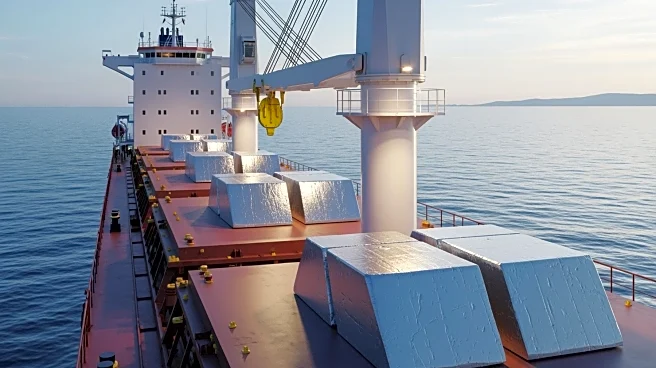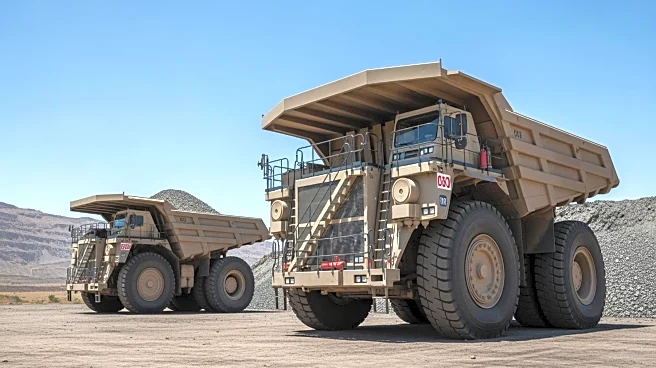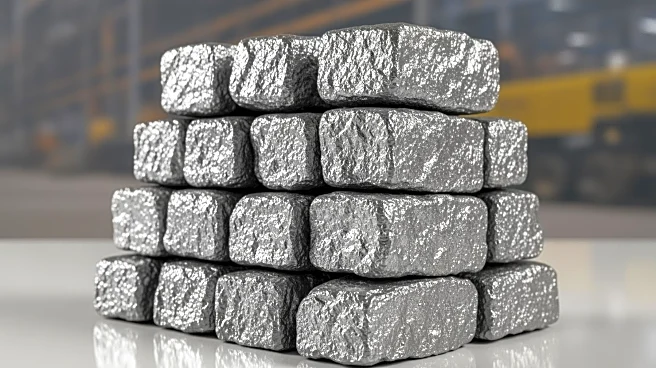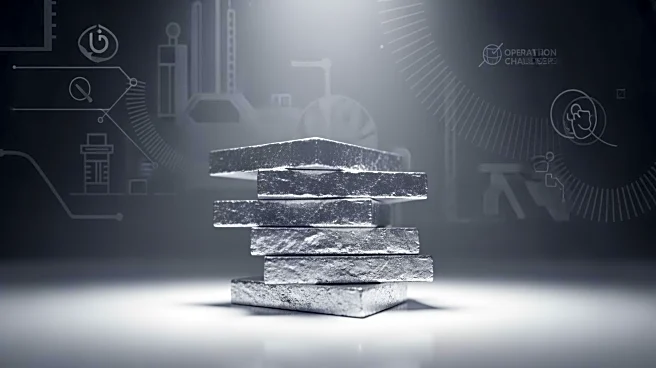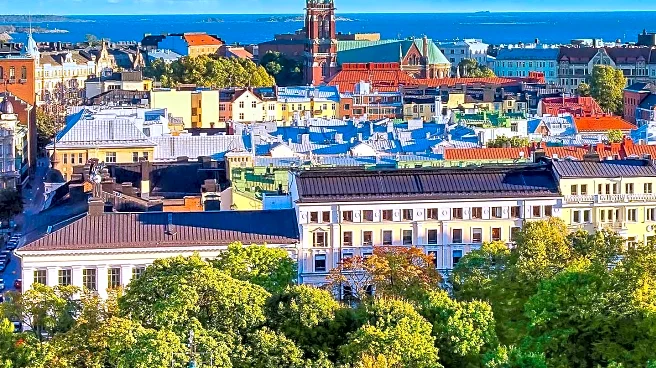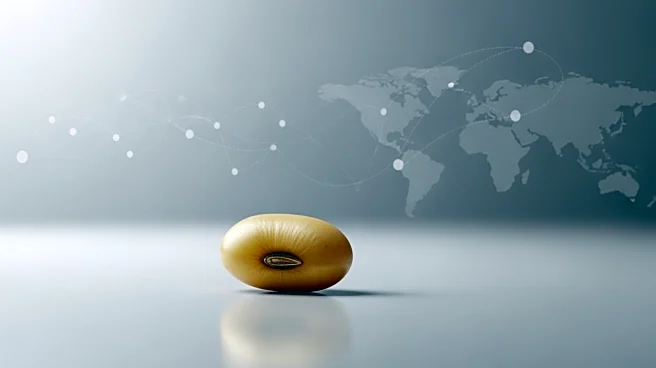What's Happening?
Rio Tinto has stockpiled two million metric tons of high-grade iron ore at its Simandou project in Guinea, preparing for a mid-November shipment. This marks the first shipment from the mega-mine, which
is expected to significantly impact global iron ore supplies and pricing. The company reported that SimFer, one of the two mines at Simandou, has amassed 1.5 million tons of ore, with initial ore loaded on rail transport in October. The inaugural shipment is anticipated to be sent to China, the world's largest steel producer. Rio Tinto plans to route exports through infrastructure owned by Winning Consortium Simandou, whose port is nearing completion.
Why It's Important?
The Simandou project is poised to reshape the global iron ore market, potentially affecting pricing and supply dynamics. With an estimated 4 billion tons of ore and a projected annual output of 120 million tons, the project could increase seaborne supply by 8% to 9% by 2028. This development may pressure existing suppliers, particularly those with higher production costs, to adapt or exit the market. The project's impact on Guinea's economy is also significant, with forecasts suggesting a 26% GDP boost by 2030. For China, the availability of high-grade ore aligns with efforts to reduce emissions and energy use in steel production.
What's Next?
As the Simandou project progresses, stakeholders will closely watch its impact on global iron ore markets. Rio Tinto's strategic moves, including partnerships and infrastructure development, will be critical in determining the project's success. The anticipated increase in supply may lead to competitive pricing, influencing decisions by other major producers in Australia and Brazil. Additionally, Guinea's government plans to formally commission the project in November, potentially accelerating economic benefits and attracting further investment.
